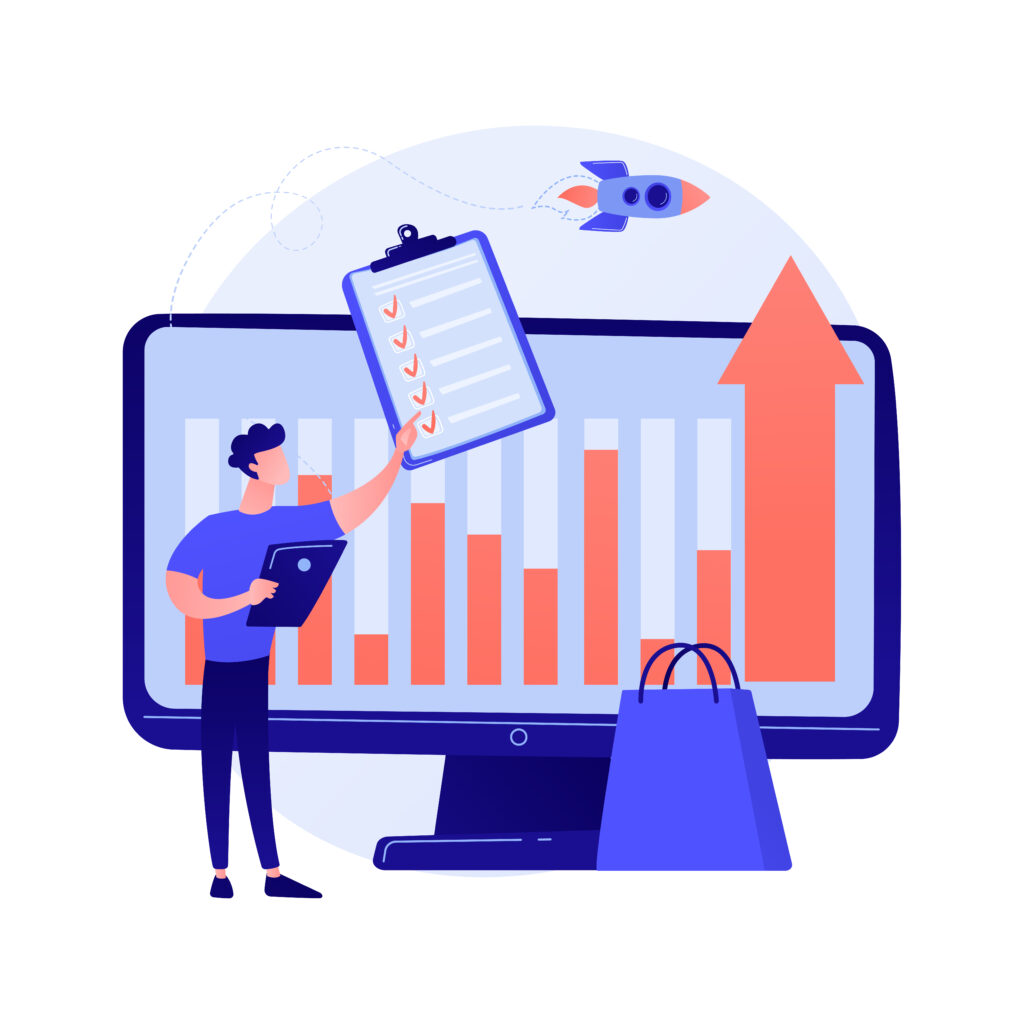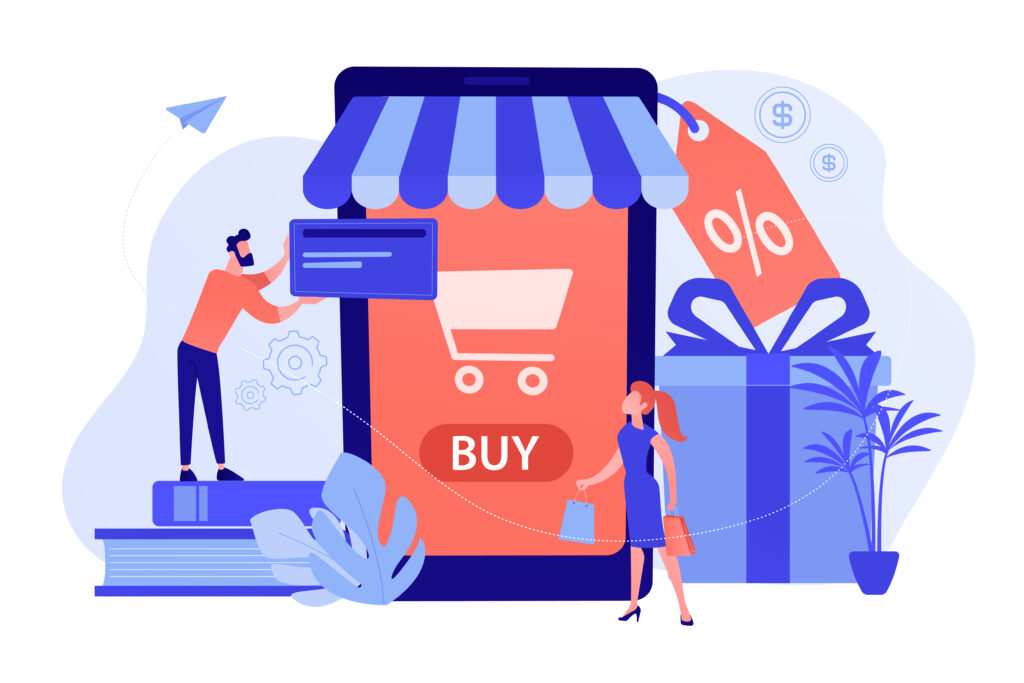Table of Contents
Personalization can be noticed in real life, not only in virtual life; coffee shops, clothes stores, and even clinics can provide a personalized experience for their customers and patients. Almost all customers prefer to feel that the words are directed at them (91% of shoppers prefer to shop from brands that personalize their UX), and in the digital era, they prefer to buy online because it is easier, faster, and provides more variety; hence, the website has become essential in addition to UX personalization, which brings you many benefits. However, before getting into these benefits, let’s explain what website personalization means.
What is website personalization?

Website personalization is the process of crafting your website to match your visitors’ interests, needs, and preferences based on data gathered from their past purchases, demographics, and behavior. And you can personalize your website by adjusting the following aspects:
- The whole website’s content is called dynamic content, which means that it changes based on your visitors’ desires and needs.
- Landing page: The first page on your website that the visitor enters, so it is crucial in the website personalization process, as we should attract the visitor to continue on the website and navigate within it.
- Product recommendations: Recommend relevant products to your visitors, considering their past purchases and interactions, which facilitates their navigation through the website, saving their effort and time.
- CTAs: A call to action is a button on your website put in the section where you want your visitors to take action; it is not limited to only completing purchases; it may be a sign-up button, contact button, etc., which leads to more engagement, conversions, and leads.
- Pop-ups: A small window appears suddenly to your visitors to highlight offers, coupons, promo codes, recommendations, and reminders, but you must use pop-ups well, choosing the right way and time.
For example, the appearance of an offer on a particular product attracts the visitor, but doesn’t lead to a purchase action.
- Offers and discounts: As we mentioned, pop-ups highlight offers, which may include a reward to repeated customers, free shipping, a discount on a new product, or a product that attracted the visitor’s interest but didn’t take action to buy it, and many more examples.
Now, it’s time to go deeper into the benefits of website personalization.
Benefits of website personalization
WebFX research shows that 89% of marketers ensure that using personalization in their campaigns increases ROI, which highlights the importance of website personalization briefly, but let’s get more specific about its benefits in the following lines.
Fosters conversion rates

When you visit a website to make a purchase, you may find recommendations for products that are tailored to your previous purchases and preferences.
Additionally, a pop-up may also appear to highlight an offer on a product you are interested in or to draw your attention to take any action inside the website.
Also, if you just browse a website, you may find CTA buttons personalized for you and your interests and needs in the right place, encouraging you to take action, whatever the required action.
The result is that your conversions will increase, which simply shows the impact of website personalization on conversion rate numbers.
Boosts repeated purchases

Nothing better than numbers can clarify the effect of website personalization on customer loyalty; so, according to McKinsey,78% of consumers like to repeat purchases from brands that personalize their experience.
From this statistic, we will understand that website personalization can build stronger relationships between customers and brands. This makes customers revisit their website frequently, leading to more repeated purchases and increasing customer loyalty, thus increasing lifetime value.
Enhances site visit time
It’s similar to scrolling on Facebook, Instagram, and other social media platforms; it may take hours without a sense of time, as these platforms customize their content based on their users’ interests.
Likewise, websites personalize their content according to their visitors’ preferences, which compels them to spend more time browsing websites and results in lower bounce rates.
Creates a better user experience
These days, people have become busier and prefer to find what they need without wasting time. A website that tailors its content to its visitors’ interests will improve their user experience, as they can find their needs quickly. Dynamic content is the best practice for getting better UX, which makes the home page relevant to each customer. Also, product recommendations and pop-ups impact user experience directly, and users will be more likely to revisit this website, increasing the number of sales.
Increases AOV(average order value)
Website personalization is an essential element in increasing AOV, but how?
The answer is very simple: Create personalized content for your customers, recommend suitable products for their past purchases, or suggest complementary products for existing purchases. This will affect customers’ decisions, increase the number of products visitors buy with each purchase, and thus increase AOV.
For more website-building articles:
How to Use CTA Buttons to Increase your Website Conversions
The Impact of Color Psychology on Website Design and Branding
Conclusion:
After all, we can conclude that website personalization can increase sales, enhance revenues, and improve ROI, which means that it is one of the successful factors for any website; if you do not personalize your website, hurry up and turn on this feature, and you will notice the great difference.



